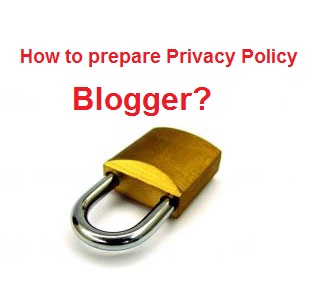We have posted a tutorial on how to add Social Media share buttons powered by Addthis manually in your blog via secondary gadget. That was quite a basic and doesn't guarantee availability of room for changes in future. Moreover, adding third party gadget in your blog reduces loading speed.
Therefore, today I would like to extend that tutorial to little advance level, but to better level, and take you through in adding Social Media sharing buttons of Addthis by getting inside Addthis dashboard. We have done same in Getsitecontrol. This means by creating an account with Addthis, subscribing to all its tools and keeping them enabled and active.
Let us get started. Please follow the given steps:
Step-1
Open Addthis.
Step-2
Step-3
Click on 'Get Share Buttons'
Step-4
Choose a side. Left or Right
Step-5
Choose theme. Consider the background of your blog.
Step-6
Give title of the gadget
Step-7
Select the number of buttons you want.
Step-8
You can click on 'Show More Options'
Step-9
Make customization as you wants
Step-10
Click on Activate. You're done!
Addthis not only provides social media sharing buttons for bloggers. It also provides email list building facilities, content recommendation gadget, social media follow buttons, analytical tools and also conversion tools. And all those tools are for free. Wonderful, right?


















